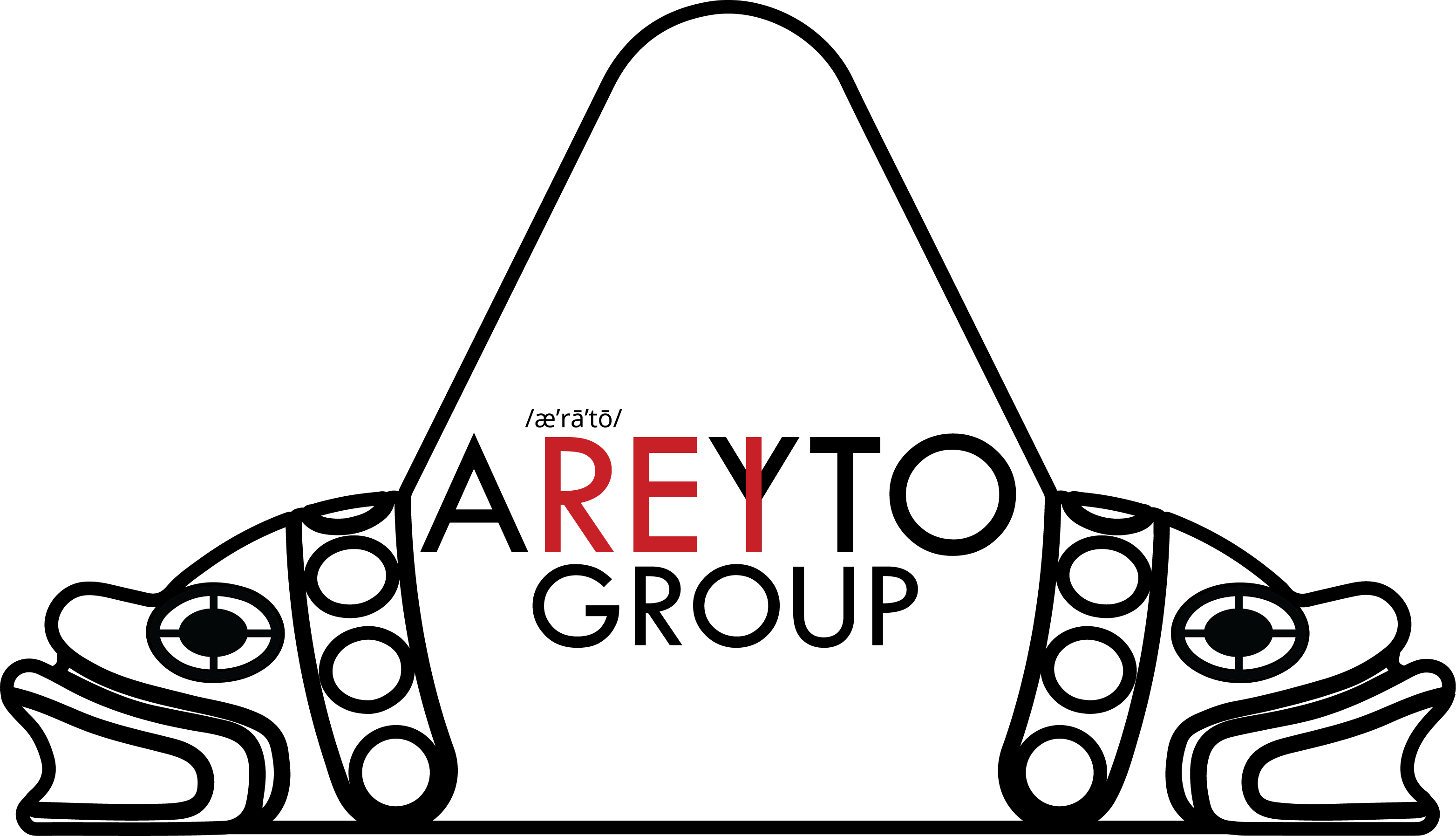 A few years ago, when smartphones were hitting the market, my wife told me, “I want an iPhone ®”. She was set in the fact she wanted an iPhone ®. The carrier we had at that point, did not carry the coveted device, so, I asked her if she would consider any other phones. At the point, several of our close friends already owned the mentioned device and every time the topic came up, she would always say, “That’s what I want: an iPhone®.” I was picking up on certain features of the device that she was pretty fixated on, the biggest one being the touch-sensitive screen. I mentioned it to her that our carrier had other models of touchscreen smartphones. At first she was not hearing anything else. She knew what she wanted. One day, we went to our carrier’s store and I had done a little research of my own on the handsets they were carrying. We got to the store and announced that we wanted to see their touchscreen smartphones. As the store assistant started to show us several handsets, she started playing with some of them and her mind started opening up to the fact that the features she wanted were available in many shapes and forms of handsets. She was excited to see her life over the next 18 months with one of these devices that had the features she wanted! And, that’s what we got. Thankfully, we did not have to change carriers to satisfy my customer’s requirements.
A few years ago, when smartphones were hitting the market, my wife told me, “I want an iPhone ®”. She was set in the fact she wanted an iPhone ®. The carrier we had at that point, did not carry the coveted device, so, I asked her if she would consider any other phones. At the point, several of our close friends already owned the mentioned device and every time the topic came up, she would always say, “That’s what I want: an iPhone®.” I was picking up on certain features of the device that she was pretty fixated on, the biggest one being the touch-sensitive screen. I mentioned it to her that our carrier had other models of touchscreen smartphones. At first she was not hearing anything else. She knew what she wanted. One day, we went to our carrier’s store and I had done a little research of my own on the handsets they were carrying. We got to the store and announced that we wanted to see their touchscreen smartphones. As the store assistant started to show us several handsets, she started playing with some of them and her mind started opening up to the fact that the features she wanted were available in many shapes and forms of handsets. She was excited to see her life over the next 18 months with one of these devices that had the features she wanted! And, that’s what we got. Thankfully, we did not have to change carriers to satisfy my customer’s requirements.
Another example of this happened just last week. As we are buying furniture for our new place in Sarasota, she wanted a sectional couch for the living room. I had said that she had free rein to choose and buy whatever furniture her heart desired, so, a sectional it was. As we kept looking at furniture and they showed us several sectional sofas in different stores, I noticed that she liked some of them more than others. That would be expected, of course, except that I noticed that there was one particular feature that if it was not present, she would not want to look at them (a dissatisfier; more on that below). I identified that she wanted a sectional with a chaise on one of the ends. And I confirmed this by asking her with the furniture right in front of us, if this is what she wanted. And she said, “Yes, that’s what I want! A chaise!” Behold! Now, we had more specific customer requirements and we could focus our efforts in fulfilling them.
Do you know what your customer requirements are? Are you aware that what they are telling you might not be exactly what they want? They know what they want. Never make the mistake of thinking they don’t know, because they absolutely do! They may just have trouble verbalizing it. It is up to us, as Lean and Six Sigma practitioners, to dig deep into what they put value in so that we can then provide that value.
There are several great ways of finding what the customer wants and translating it into tangible requirements. One of the most well-known techniques is Quality Function Deployment (QFD). QFD uses the House of Quality matrix to translate customer requirements into very specific design and engineering objectives. These specific objectives can be measured and evaluated in order to achieve customer satisfaction. Since the goal of this post is not to explain QFD, I am going to stop that here and you can contact me if you or your organization need a better understanding of QFD.
Another lesser-known tool to capture customers’ desires and one of my favorites is Kano modeling/analysis. The Kano model uses three levels to identify customers’ needs:
- Expected, a.k.a. dissatisfiers – the basic features; without them, a customer would be very dissatisfied and probably never buy the product or service.
- Normal, a.k.a. satisfiers – added features that customers know about and would be very satisfied to have. They would choose these from a list, if they could.
- Exciting, a.k.a. exciters – unexpected features that just go above and beyond to make the customers’ lives better and exciting.
The input to a Kano model usually comes from a customer survey or interviews. The quality of the questions of the survey will have a direct impact on the power of your Kano analysis. The better designed your survey is, the more accurate your results will reflect your customers’ wants.
This is a very high-level view of just two ways of capturing and articulating customer requirements so you can then work on satisfying them. It is not my intention to go in depth on any of these two concepts. That is what our courses, videos and resources are intended to do.
What are your experiences with any of these two techniques or what other techniques have you used to accurately capture what your customers want?
Note: iPhone® is a trademark of the Apple company and it is not my intention to either positively or negatively advertise it.

I loved this, well done Eddie!